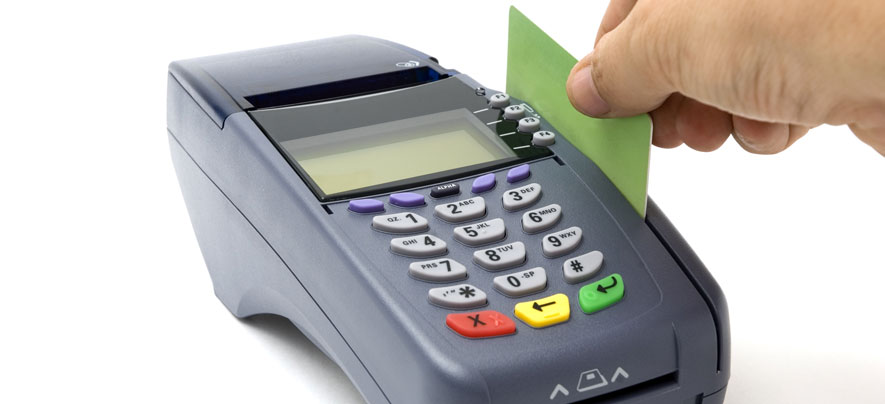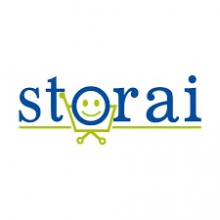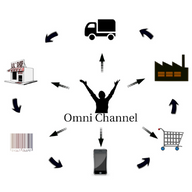
Hard Cash Made Easy

ขายปลีก
468 week ago — ใช้เวลาอ่าน 5 นาที
India, like many other countries, has been trying to reduce cash usage and promote the use of substitutes such as debit cards, credit cards and prepaid cards. Despite these changes, Indians still extensively use cash for making payments.
According to RBI data, cash still accounts for 90 per cent of all monetary transactions in India.
Given the retail sector’s heavy dependence on cash, there is a need for adequate and professional cash handling like in developed markets. The good news is that the pace of growth, FDI opportunities and the foray of global retail companies in India, is encouraging Indian retailers to modernize and streamline their cash storage and transaction facilities.
The benefits of cash handling solutions in terms of enhancing security, reducing administrative costs and improving staff productivity are known to retailers. However, the usage and applicability of technologically advanced cash handling solutions in the country has been limited so far.
The risks of manual cash handling
The advantages of cash for retailers over alternative payment methods include direct revenue and freedom from fees. Customers prefer cash as it offers anonymity and independence from customer groups. However, the risks of manual cash handling far outweigh its benefits and also pose significant challenges. Some of them are as follows:
- Security risks
Given the stringent security practices,robbing banks, armoured vehicles and ATM machines have become difficult. Stores and malls have thus become desirable targets for robbers - Shrinkage
Shrinkage represents a potential loss and can impact overall profitability. Shrinkage-related losses vary from 0.3 per cent to 2 per cent of global turnover, depending on the time spent on cash control - Time inefficiency
The more time the staff spends on administrative work, the lesser the time available to the team for sales and customer service. Each day, retailers must prepare tills for each shift change, replenish and reconcile tills at midday, organise cash for transportation and order change. These tasks monopolise time, use staff resources and do not generate revenue - High cost
Cash management alone represents 72 percent of cash-handling costs. Robberies can also cost a retailer lakhs of rupees due to sales loss, damages and extra staffing costs
Technology can help
Automated cash handling backed by software technology provides up-to-date, reliable information that eliminates the risk of errors, and significantly improves overall cash management for all parties involved in the cash cycle.
Incorporating advanced technology, such as electronic note and coin validators, loose and rolled coin dispensers, and ATM style note dispensers, all fitted within a physically secure container design, can improve the management of cash and coins within a business. Retail business in Europe routinely take advantage of the technological advances in this area.
Payment and cash handling lie at the heart of all retail businesses, with the cash process spanning the entire organization. But there is no point working with separate state-of-the-art components for each function if they are not connected to each other. Without integration, retailers simply automate one or several parts of their daily cash handling routine. A cash handling solution can be integrated into POS systems, for instance, to ensure proper reconciliation. Retailers can also choose front office or back office integration so that the required amount of cash is automatically dispensed to cashiers. They can even opt for full integration with CIT companies to improve CIT services or automatically order change for pre-credit.
The benefits of automating cash handling systems are manifold: real-time check on authenticity of money, transfer of risk from receipt generation, optimised liquidity as funds clears promptly, reduced risk of robbery, lower costs for cash handling (e.g. manual counting not necessary) coupled with fewer collections and overall less administration. This reduces cash management costs while freeing up the retail staff to spend more time with customers. The result-- more productive employees focused on serving customers, higher profits and improved security for both staff and customers.
Article and Image Source: STOrai Magazine
ดูโปรไฟล์ของ STOrai
Most read this week
Trending













Comments
Please login หรือ สมัครสมาชิก to join the discussion